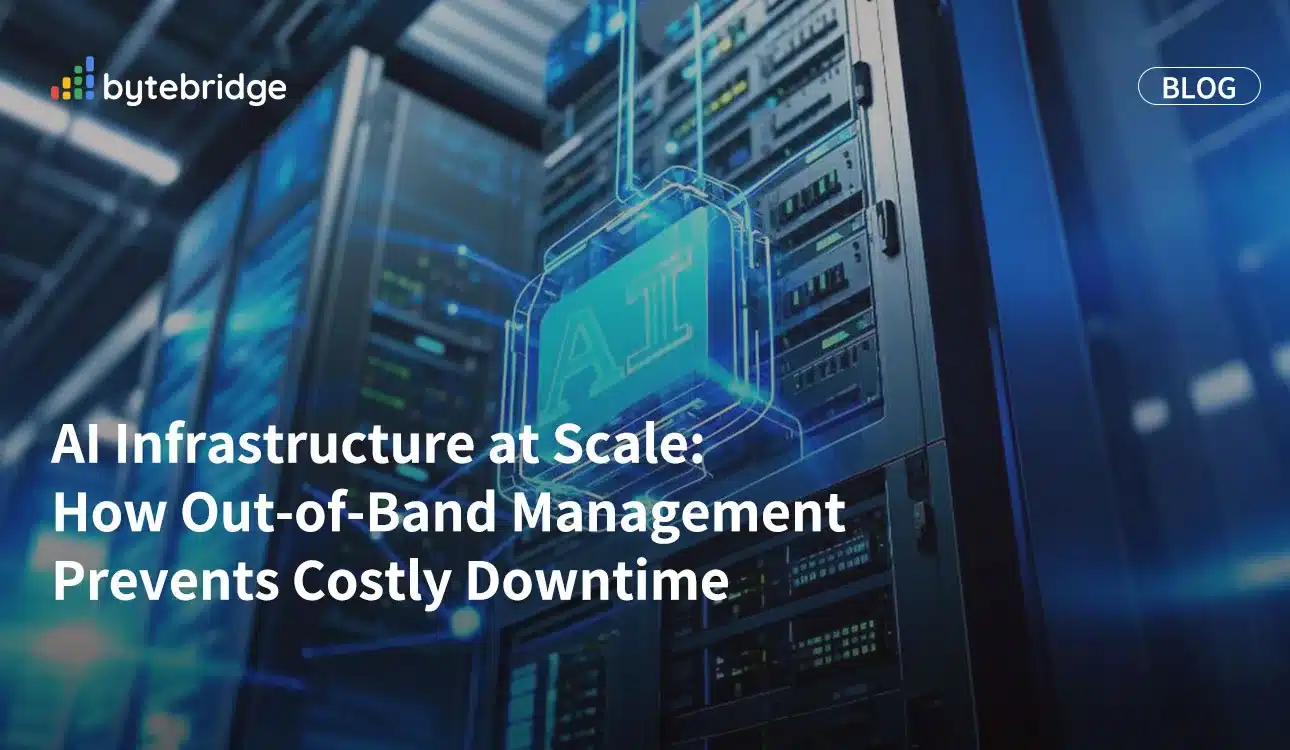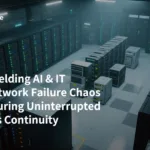Large-scale AI infrastructure powers critical operations, from cloud-based services to on-premises deployments. Yet, a single outage can cost organizations thousands of dollars per minute in lost revenue and damage customer trust. In highly distributed AI environments, downtime risks are amplified, making resilient management essential.
The Cost of Downtime: Hard Data
Downtime impacts are quantifiable. A 2023 Gartner study found that the average cost of critical server outages for enterprises exceeds $5,600 per minute, with AI systems often exceeding this due to their complexity. For cloud providers, a 5-minute outage during peak hours can cost $100,000 or more. On-premises AI infrastructure in industries like healthcare, where diagnostic tools rely on real-time data, faces similar risks. A 2022 Ponemon Institute report noted that 72% of surveyed organizations reported at least one AI-related outage in the prior year, with 40% citing revenue loss as the primary consequence. These figures underscore the urgency of proactive infrastructure management.
Out-of-Band Management: A Proactive Solution
Out-of-band (OOB) management offers a dedicated, independent network path for monitoring and controlling IT systems. Unlike in-band tools, which depend on the primary network, OOB operates via a separate channel, ensuring access even during outages. Key benefits include:
24/7 Remote Monitoring: OOB tools like ZPE’s NodeGrid enable administrators to track server health, power usage, and network performance remotely. This reduces on-site visits by up to 60%, cutting operational costs.
Automated Recovery: Advanced OOB systems can reboot failed servers or switch to redundancies automatically. A 2021 IDC survey found that organizations using OOB management reduced mean time to repair (MTTR) by 45%.
Predictive Analytics: By analyzing historical data, OOB solutions flag potential failures before they occur. For example, detecting rising server temperatures or disk errors can prevent crashes, saving an estimated 30% in maintenance costs.
Real-World Success Stories
Several organizations have leveraged OOB management to avoid costly disruptions. A leading e-commerce firm reduced AI infrastructure downtime by 70% after deploying OOB tools, translating to $2 million in annual savings. Similarly, a healthcare provider used OOB monitoring to prevent a server failure during a critical imaging analysis, avoiding a potential $500,000 loss in patient care delays. These cases highlight OOB’s role in ensuring uptime for mission-critical AI applications.
The Future of OOB in AI Infrastructure
As AI systems grow more complex, OOB management will evolve. Integrating AI-driven analytics into OOB tools can further enhance predictive capabilities, while edge computing deployments will require OOB solutions to manage remote nodes efficiently. Solutions like ZPE’s NodeGrid exemplify this trend, offering scalable, secure OOB management that adapts to distributed AI architectures.
Conclusion
Out-of-band management is no longer optional for large-scale AI infrastructure—it’s a necessity. By enabling remote monitoring, automated recovery, and predictive analytics, OOB tools like NodeGrid help organizations minimize downtime risks and optimize operational efficiency. As AI demands continue to rise, investing in robust OOB solutions will be critical to maintaining uptime, protecting revenue, and preserving customer trust.






